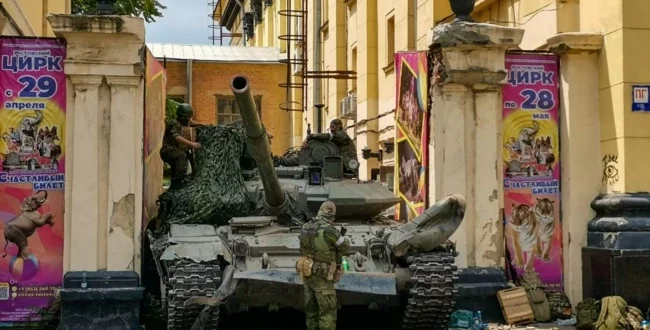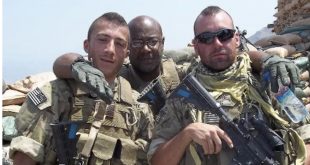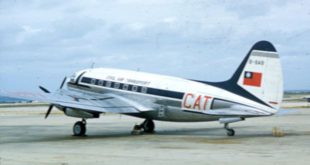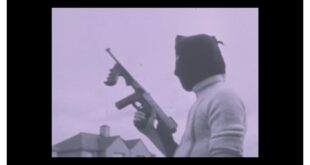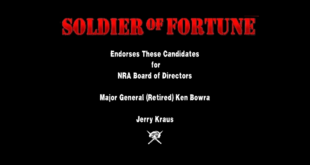From RFEL/RL Russian Service
ROSTOV-ON-DON, Russia – The first inkling that something unusual was happening came when uniformed men with weapons at the ready blocked traffic at the intersection of Budyonnovsky Prospekt and Bolshaya Sadovaya Ulitsa. Although cars were turned back, pedestrians were allowed to enter the underpass and proceed on their way.
After a little while, a military truck pulled up in front of the TsUM department store. Men in camouflage distributed themselves at 100-meter intervals along the street. They stood on their own, not reacting to anything around them as a crowd of civilians slowly gathered near the intersection.
READ MORE on Yevgeny Prigozhin’s coup that wasn’t
“Nothing particularly alarming is happening. The soldiers are stopping in at Tasty And That’s It and eating with the locals,” a young woman who identified herself as Lena said, referring to the fast-food restaurant that took over from McDonald’s after the company withdrew from Russia over the unprovoked invasion of Ukraine. “It was tense when they reported the news this morning, and there were no details — just that the military had closed off the city.
“But when I saw everything with my own eyes, I was less alarmed,” she added.
On June 24, Rostov-on-Don, a city of 1 million people nearly 1,000 kilometers south of Moscow, was ground zero of a tense armed standoff between the authorities and paramilitary fighters of the Wagner mercenary company, controlled by the crude-spoken, unpredictable businessman Yevgeny Prigozhin.
Not far from the Ukrainian border, Rostov-on-Don is home to the headquarters of Russia’s Southern Military District (YuVO) and has been heavily militarized since the full-scale invasion of Ukraine was launched in February 2022. Locals there were nonetheless shocked to see armored vehicles and armed soldiers taking up positions on their familiar streets.
The armed men at the crossing of Budyonnovsky and Bolshaya Sadovaya were Wagner fighters — some of them concealing their faces with masks, while others walked about openly.
“Please stay out of the roadway,” one told passersby repeatedly. “Equipment is passing through here, and you could be injured. We don’t want anything bad to happen to civilians.”
Circus Tank
A few blocks north along Buyonnovsky Prospekt, on the block between Pushkin and Gorky streets, sits the sprawling YuVO headquarters, a hub for Russia’s war against Ukraine. The military presence was much stronger here, with two tanks facing one another in the front, with a third stuck in the gate of the nearby circus building in the middle of two crumbling brick columns festooned with posters depicting circus animals. Soldiers and armored vehicles stood in the courtyard of the YuVO headquarters complex.
Passersby took selfies with the equipment in the background.

Prigozhin and the Wagner fighters claim they came to Rostov to sort out relations with the Defense Ministry after Russian forces allegedly opened fire on their positions. Although the military denied the accusation, several thousand Wagner fighters left their positions in the regions of eastern Ukraine bordering Russia, with one group heading toward Moscow via the city of Voronezh and a second force taking control of Rostov.
By mid-morning on June 24, the war had come home to Rostov, and Prigozhin claimed his fighters had control of strategic locales in the city, including the airport and the YuVO headquarters. President Vladimir Putin made an address in which he said organizers of the “armed mutiny” were traitors who would be brought to justice.
The standoff lasted most of the day, before Prigozhin abruptly called off the advance toward Moscow and the Kremlin announced an agreement, brokered by Belarusian leader Alyaksandr Lukashenka, under which the mercenary leader would leave Russia for Belarus and Wagner fighters who did not join the insurrection could join the ranks of the regular military.

As the time passed, locals grew increasingly curious and entered into conversation with the Wagner fighters.
“Why did you join Wagner?” one man asked from the crowd.
“They have good food,” the fighter said jokingly. “I shoot well and don’t want to go home.”
“I’m defending my country,” another fighter said.
During the day, young men in civilian clothes could be seen hanging Wagner flags around the city. It was impossible to say who they were, although Wagner fighters have been present in the city for months, and many locals have sympathetic relations with them.
Some Rostov residents, however, were anxious, both about the unfolding events and about the Kremlin’s so-called “special military operation” against Ukraine.
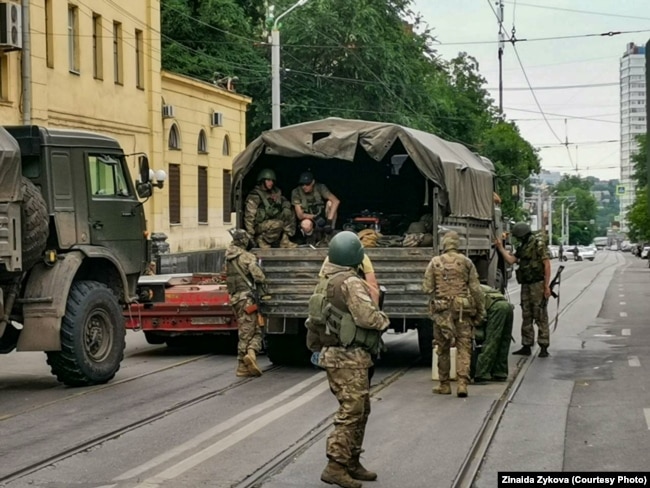
“I don’t want any of this,” said a middle-aged woman who declined to give her name. “I just want peace and that is all.”
Ivan, a young man who said he was on vacation in southern Russia from Moscow, was loudly defending the Wagner fighters, using language very similar to that used by Prigozhin himself.
“They aren’t able to fight,” Ivan said. “They aren’t given supplies. The Defense Ministry is aggravating a conflict between those who are responding to the call of their heart and those who prefer sitting behind the lines, who are keeping others from fighting and undermining the whole ‘special military operation.’”
Some locals were openly sympathetic to the Wagner mercenaries, bringing them food and drinks during the course of the day even after Putin denounced the insurrection as a “stab in the back.”
Explosions And Gunfire
After about 14 hours, however, the Wagner fighters began urging civilians to return home, hinting the situation was becoming “dangerous.”
Suddenly, there was the sound of explosions and gunfire. Civilians scattered in near panic while the fighters piled into their armored personnel carriers. People began whispering that Chechen fighters from the Akhmat battalion were entering the city from the direction of Aksai, a suburb on the eastern edge of Rostov.
Lines were reported at bus and train stations as people rushed to leave the city. Long lines appeared at gas stations on the roads out of town.
Rumors continued to swirl. People turned to Telegram in search of the latest news, tracking reports that the Wagner column in Voronezh would reach Moscow within hours.
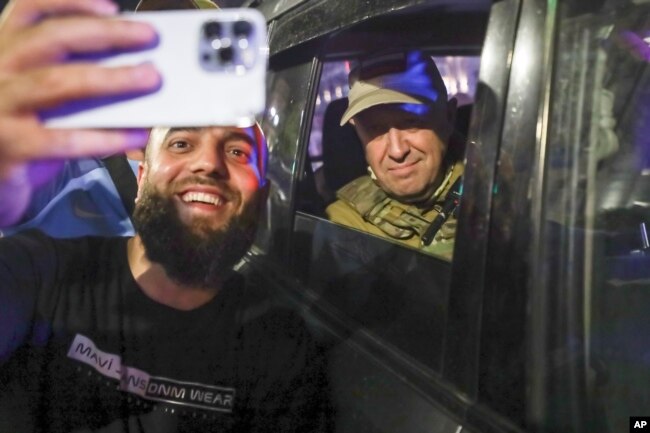
But just as the tension reached its peak, it suddenly dissipated. The Akhmat column reportedly stopped outside the city, while the Voronezh column suddenly stopped moving somewhere in the Lipetsk region. Then came word that Belarusian President Alyaksandr Lukashenka had defused the situation by persuading Prigozhin to stand down and seek refuge in Belarus.
A small crowd of Rostov residents gathered outside the YuVO headquarters to take photographs of Prigozhin as he left in a civilian SUV. Many waved and chanted, “Wagner!”
For a moment, the car stopped, and Prigozhin, wearing his trademark camouflage baseball-style cap and smiling, shook hands through the window with several people.
Then he was gone.
Adapted by RFE/RL’s Robert Coalson. This story is based on reporting by RFE/RL correspondents on the ground in Russia. Their names are being withheld for their protection
 Soldier of Fortune Magazine The Journal of Professional Adventurers
Soldier of Fortune Magazine The Journal of Professional Adventurers


